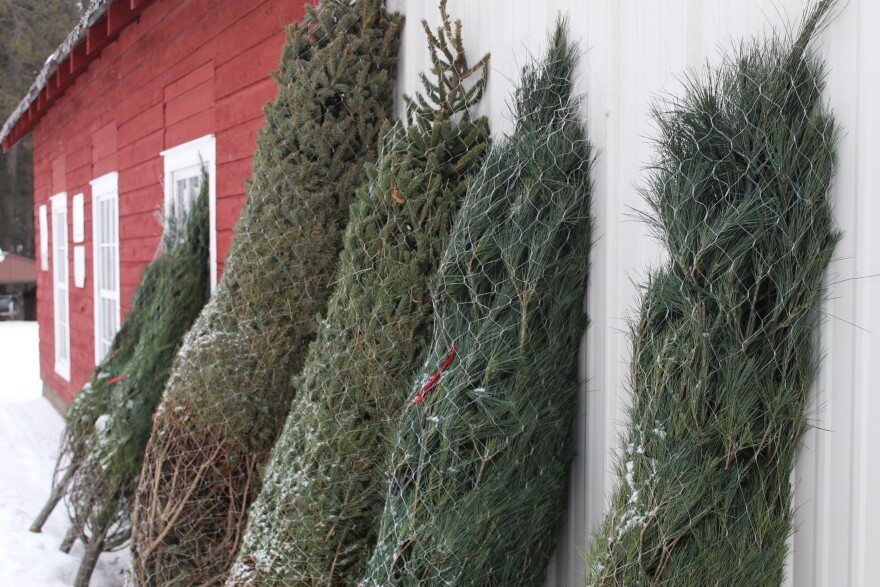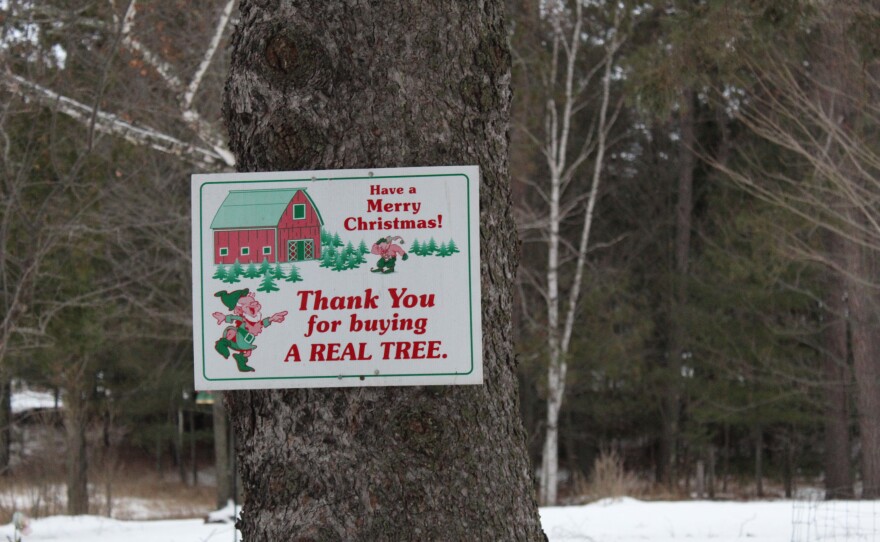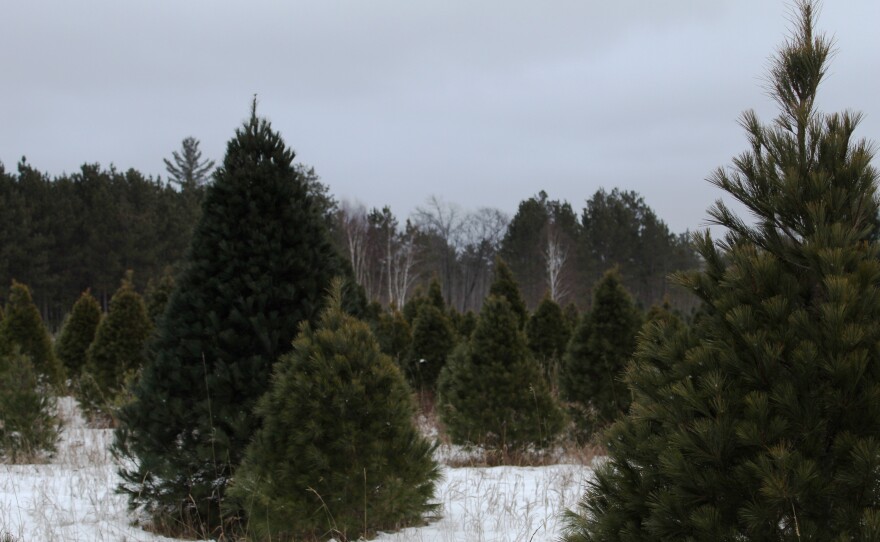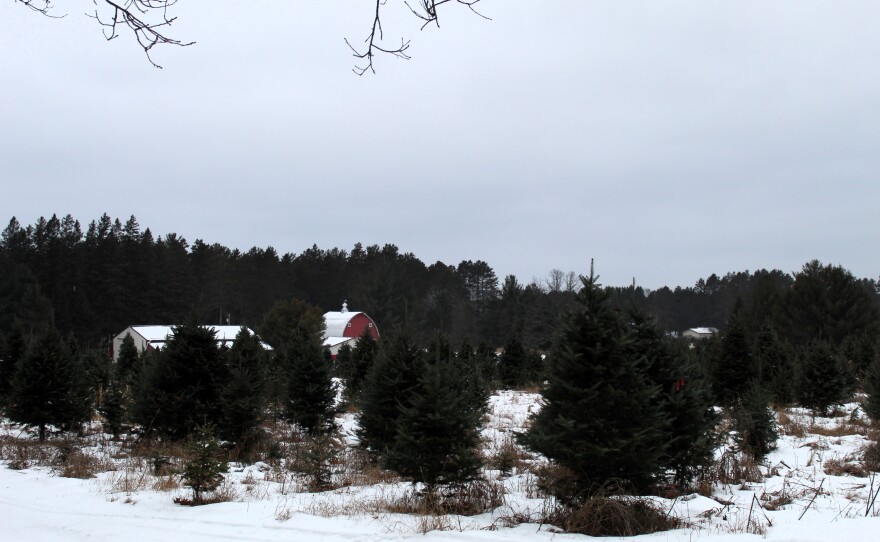GRAND RAPIDS — It’s likely there will be a Christmas tree shortage in the early 2030s. Christmas tree farmers can see a supply shortfall from nearly a decade out.
Carl Wegner has been a Christmas tree farmer at Wegner's Tree Farm since the early 1970s. He remembers a few years ago when his tree farm in Blackberry received two or three calls a day from places wanting to buy trees to sell.
“Couldn’t find them anywhere, there was a real shortage of trees," Wegner said. "And a lot of those shortages are a result of drought. We’ve had severe droughts back in the ‘70s and ‘80s where you would have the whole summer where you hardly had any rain.
"Well, all the trees that you plant, die. So nine or 10 years down the road, you don’t have those trees to sell.”
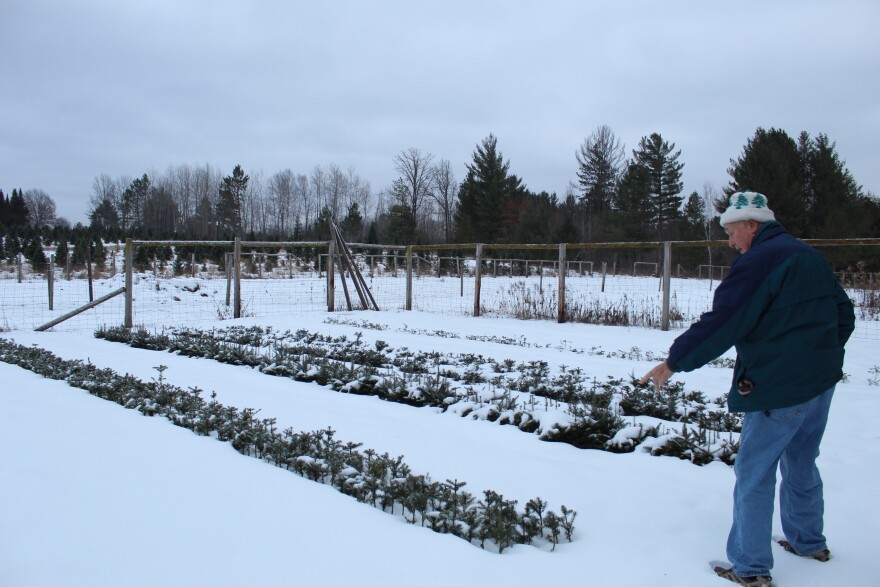
Wegner said three of the last four years have had drought, and in 2021 and '22, they lost nearly 90% of the trees they transplanted that spring.
Climate projections say in the Midwest, droughts are going to be more frequent and intense. It's one of the climate change impacts that the U.S. Department of Agriculture Midwest Climate Hub and Michigan State University Extension highlighted in a research bulletin on Christmas trees published earlier this year.
The researchers noticed a lack of specific information available for Christmas tree growers to understand the potential impacts of climate change. USDA research fellow Josh Bendorf said they wanted to help narrow down all the climate information that’s out there.
“A lot of it comes back to temperature and precipitation — not just on an annual level but you know how that varies from season to season," Bendorf said. "We focused in on some of the cold season variables, things like growing season length, last spring frost date, late season freezes, cold snaps, things like that.
"Because these are perennial crops so we need to consider not just the warm season but the cold season as well. Things like the overwintering of pests."
Unlike other farmers, Christmas tree growers also have to worry about the appearance of their crop. Michigan State University Extension Christmas tree educator Bill Lindberg said warmer falls caused by climate change may impact trees’ ability to retain their needles.
“We're getting pushed from both ends. So everyone wants their Christmas tree earlier and earlier into fall, and at the same time, our cold temperatures aren't coming till later and later in the fall," Lindberg said. "Yeah, there's definitely a potential issue there because we know from consumer surveys that needle drop after getting the tree analysis, the number one thing that consumers do not want.”
Wegner said these days, wholesalers — who make up 95% of his business — want all their trees before Thanksgiving. And more than half of the farm’s cut-your-own customers come on Thanksgiving weekend.
But he said he hasn’t experienced needle retention issues. And to him, the warm fall has its benefits.
“We’ve seen a lot better working conditions because there hasn’t been the snow and the cold. I mean, we spend every day in November out cutting and baling and hauling trees in the yard. It’s been a lot better the last few years," he said.
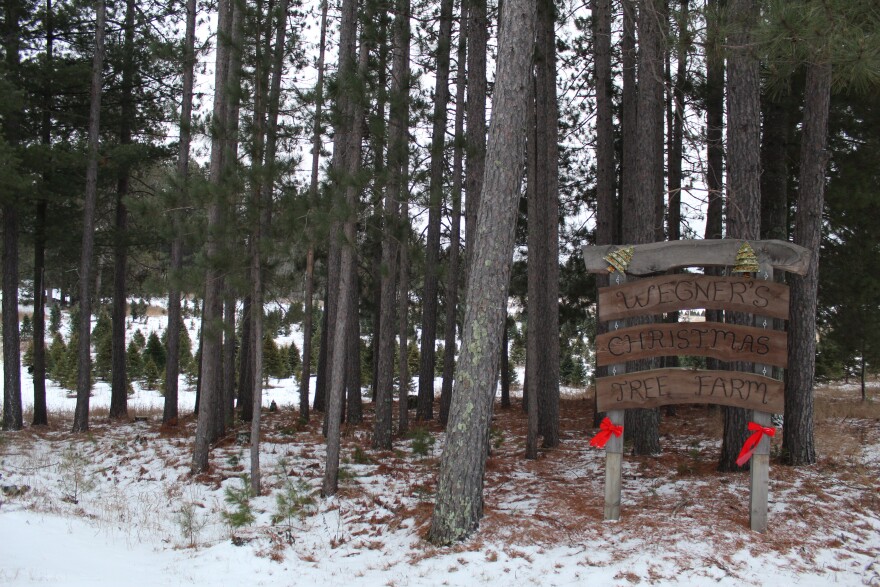
Customers coming earlier isn’t the only change Wegner’s seen in his 50 years in the industry. At one time, there were over 50 members of the Itasca County Christmas Tree Growers Association, he said. Now there’s just three.
“The new people you talk to, they want to grow Christmas trees, They can see they can make money doing it," Wegner said. " ... They plant trees — the first couple years, it’s easy.”
But as the trees get bigger, there’s more work to be done. By the time a tree is transplanted into the field, it’s already 5 years old — five years of work collecting, drying and planting seeds, and then keeping the infant trees alive.
On Wegner’s 70 acres, it takes three weeks each year to transplant trees. Then there’s the fertilizing, the mowing between rows and shearing the trees so they keep their perfect conical shape. As you hit late summer, you’ve got to start marking trees for sale and spraying them with green dye and clear coat. Then, there’s the three weeks of harvesting for wholesalers.
When all’s said in done, Christmastime is actually the slow season for Christmas tree farmers.
Lindberg said making consumers aware of all the work that goes into the Christmas tree they bring home was an additional benefit of the research publication.
“It can take between six and 10 years of growing that tree every single year and keeping it happy and healthy and growing before it's ready to be harvested," he said. "I think just a better appreciation from consumers of what it takes to grow that tree and all the other. And value of that tree.”
Funding for this environmental story was provided by the Minnesota Environment and Natural Resources Trust Fund as recommended by the Legislative-Citizen Commission on Minnesota Resources (LCCMR).
-
The incident near Onigum Road NW, northeast of Walker, is under investigation by the Bureau of Criminal Apprehension.
-
Red Lake Nation's charter school, Endazhi-Nitaawiging, recently partnered with the Nature Conservancy for a new pontoon, with a few school families braving cool temperatures to celebrate its arrival on Nov. 12, 2025.
-
Plus: Local leaders sign the Civic Pledge for a Stronger Minnesota.
-
From sporting events to first days of school, annual festivals to spontaneous gatherings, moments of triumph or devastating tragedies, Kohls documented it as part of the first draft of history.
-
Current and former state legislators, city councilors and business and other community leaders signed the Civic Pledge for a Stronger Minnesota in Grand Rapids.
-
-
This week, we've been asking about the things you made in shop or home economics class.
-
The Minnesota Bureau of Criminal Apprehension will investigate the Nov. 13, 2025, incident. The names of the victim and law enforcement involved have not been released.
-
The Legislature-created task force will host three online public input sessions to gather information from Minnesotans who forage for mushrooms, berries and plants on DNR-managed state lands.
-
Events this week include Soup in the Street in Grand Rapids, an open mic night in Park Rapids and performances of "Harry Potter and the Cursed Child" in Mountain Iron.


